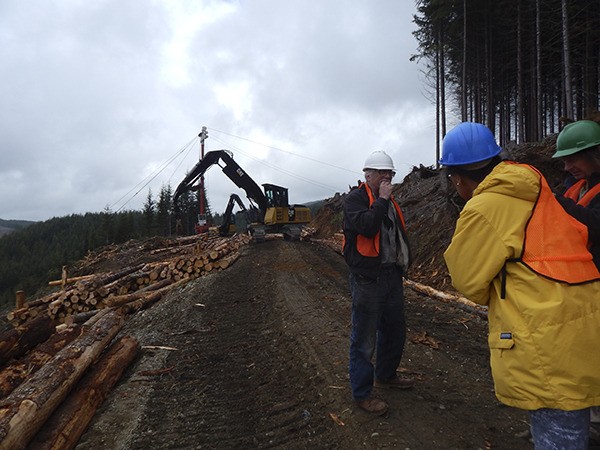On May 23, 1991, the town of Forks was closed, many businesses, except city offices and banks, locked up as most residents traveled to Olympia to take part in a rally protesting critical habitat protections for the northern spotted owl.
In the years that followed and as the timber industry became vilified, many left the industry, but those remaining wanted to get the message out about who the timber industry was and what loggers really did.



